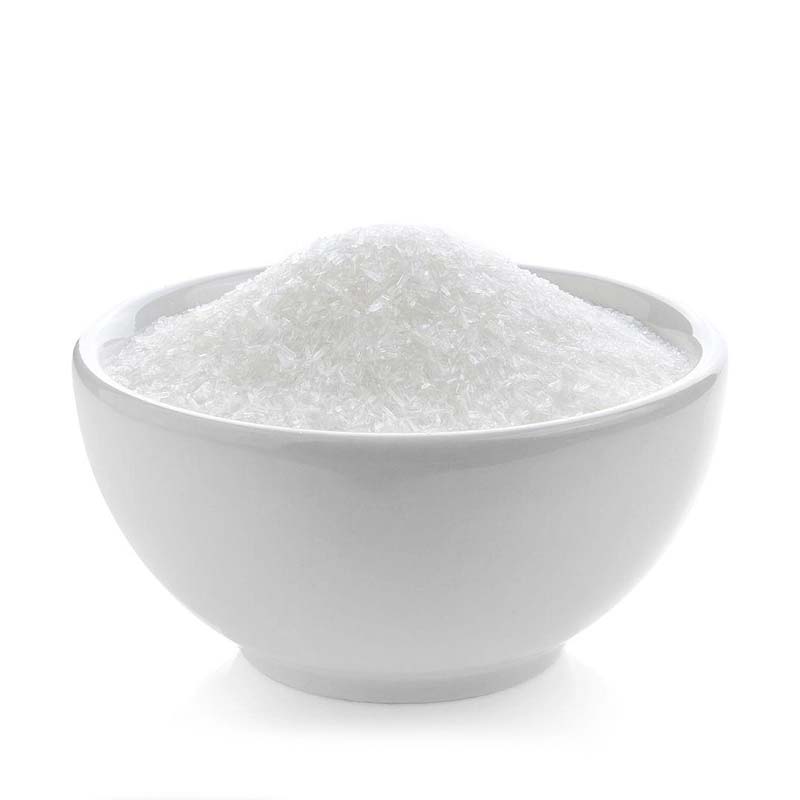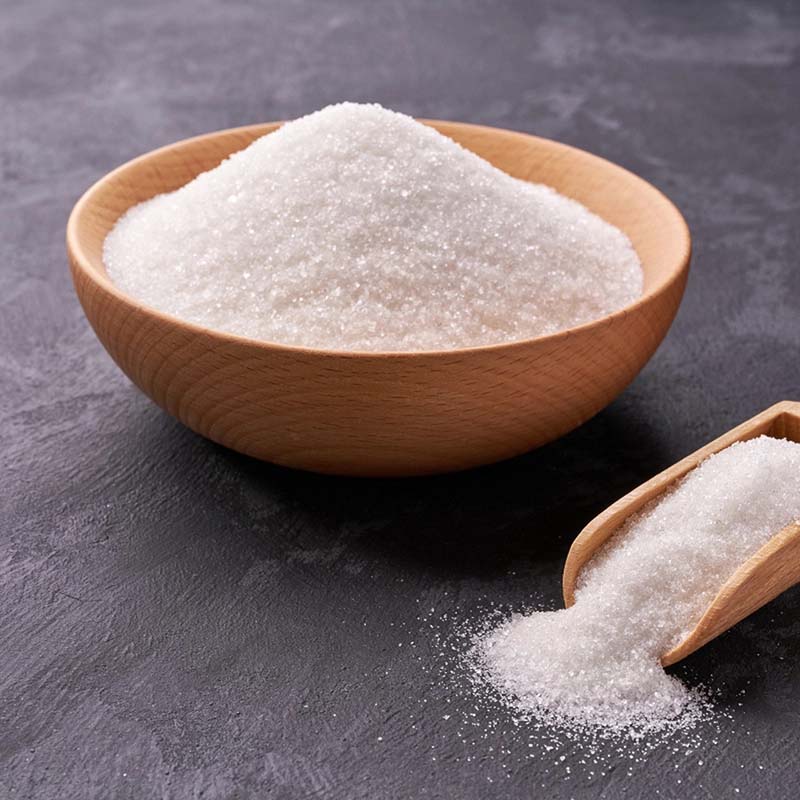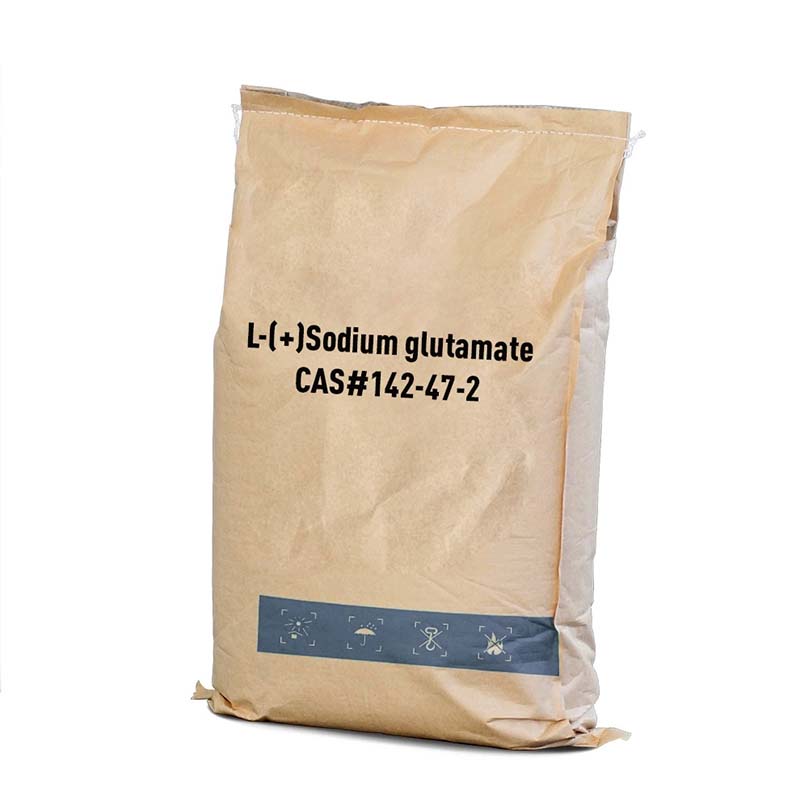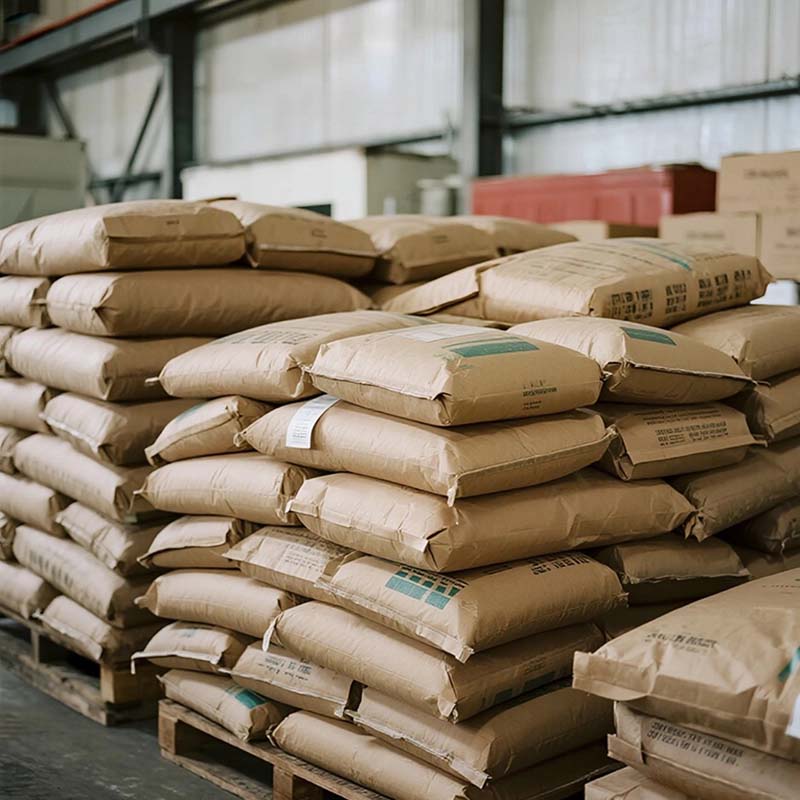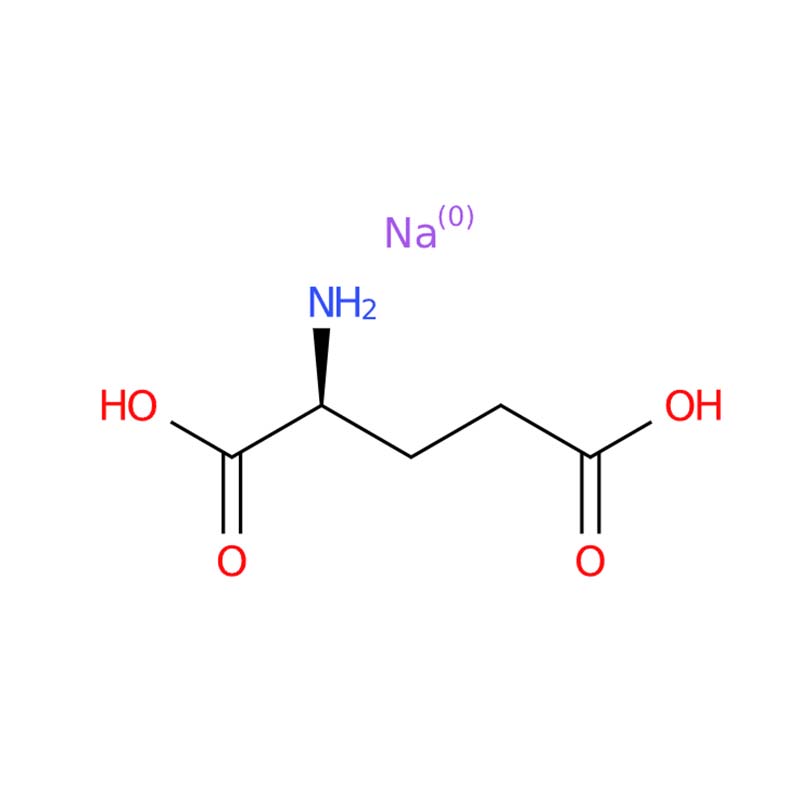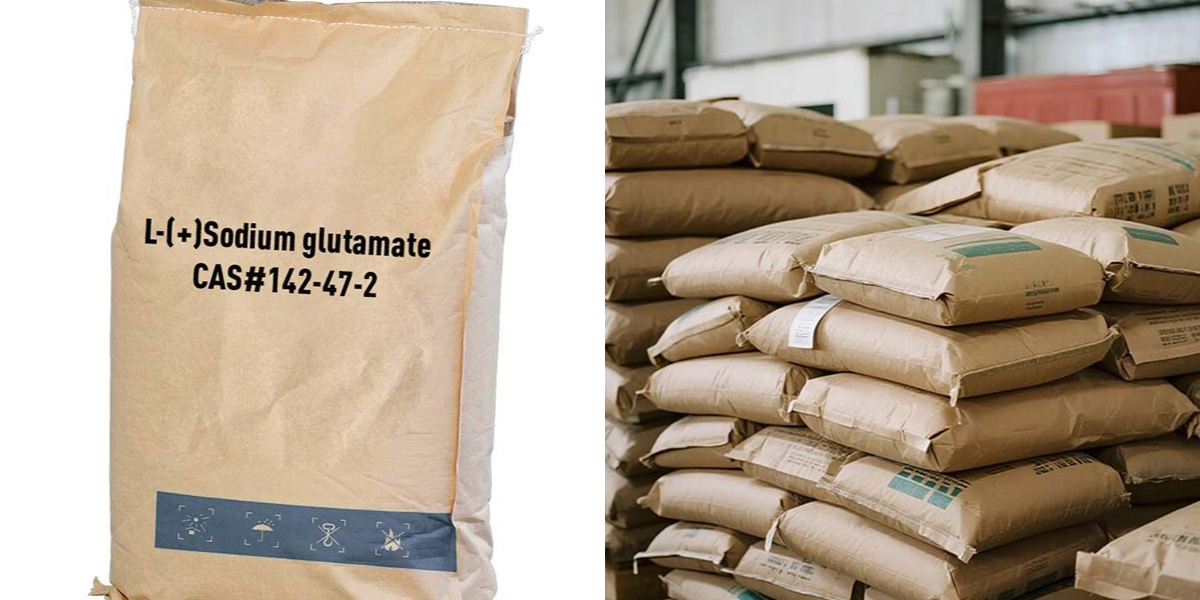L-(+)Sodium glutamate
Flavor Enhancement: L-(+)Sodium Glutamate excels at intensifying savory (umami) taste profiles, establishing it as a preferred ingredient in culinary preparations.
Premium Quality: As a high-purity food-grade additive, it ensures consistent performance and reliable flavor enhancement in diverse food systems.
Versatile Applications: Suitable for a broad spectrum of food products including soups, sauces, snack seasonings, and processed foods.
Stable Formulation: Presented as a free-flowing white crystalline powder, it offers excellent stability and ease of integration into food manufacturing processes.
L-(+)Sodium Glutamate serves as a premium-grade ingredient in food processing, primarily recognized for its efficacy in intensifying savory (umami) tastes across diverse food products. It is characterized as a white, crystalline solid (CAS 142-47-2) with the molecular formula C₅H₈NNaO₄ and a molar mass of 169.11 grams per mole.
L-(+)Sodium glutamate Chemical Properties
Melting point | 232°C |
alpha | 20 -3.5° (10% soln in 5° Bé HCl); D20 +25.16° (10g MSG/100ml 2N HCl) |
density | d20 (saturated water soln): 1.620 |
refractive index | 25 ° (C=10, 2mol/L HCl) |
FEMA | 2756 | MONOSODIUM GLUTAMATE |
storage temp. | Keep in dark place,Inert atmosphere,Room temperature |
solubility | Soluble in water; sparingly soluble in ethanol (95%). |
form | powder |
color | white to off-white |
Odor | Odorless |
biological source | synthetic |
Water Solubility | >=10 g/100 mL at 20 ºC |
Merck | 6254 |
Stability: | Hygroscopic |
LogP | -1.44 |
CAS DataBase Reference | 142-47-2(CAS DataBase Reference) |
EPA Substance Registry System | Monosodium glutamate (142-47-2) |
Safety Information
Risk Statements | 20/21/22 |
WGK Germany | 2 |
RTECS | MA1578000 |
TSCA | Yes |
HS Code | 29224999 |
Hazardous Substances Data | 142-47-2(Hazardous Substances Data) |
Toxicity | LD50 i.g. in mice: 19.9 g/kg (Eka) |
L-(+)Sodium Glutamate is a multifunctional food ingredient prized for its capacity to potentiate savory (umami) notes in numerous contexts. Its applications span from direct culinary use in homes and food service to enhance dishes like soups and sauces, to large-scale food manufacturing where it improves the palatability of snacks, instant noodles, and processed meats. Furthermore, it acts synergistically with inherent umami compounds in ingredients such as soy sauce and mushrooms. Beyond these, it finds utility in savory beverages like broths and has specialized roles as a flavor or stability enhancer in the pharmaceutical and cosmetic industries.



